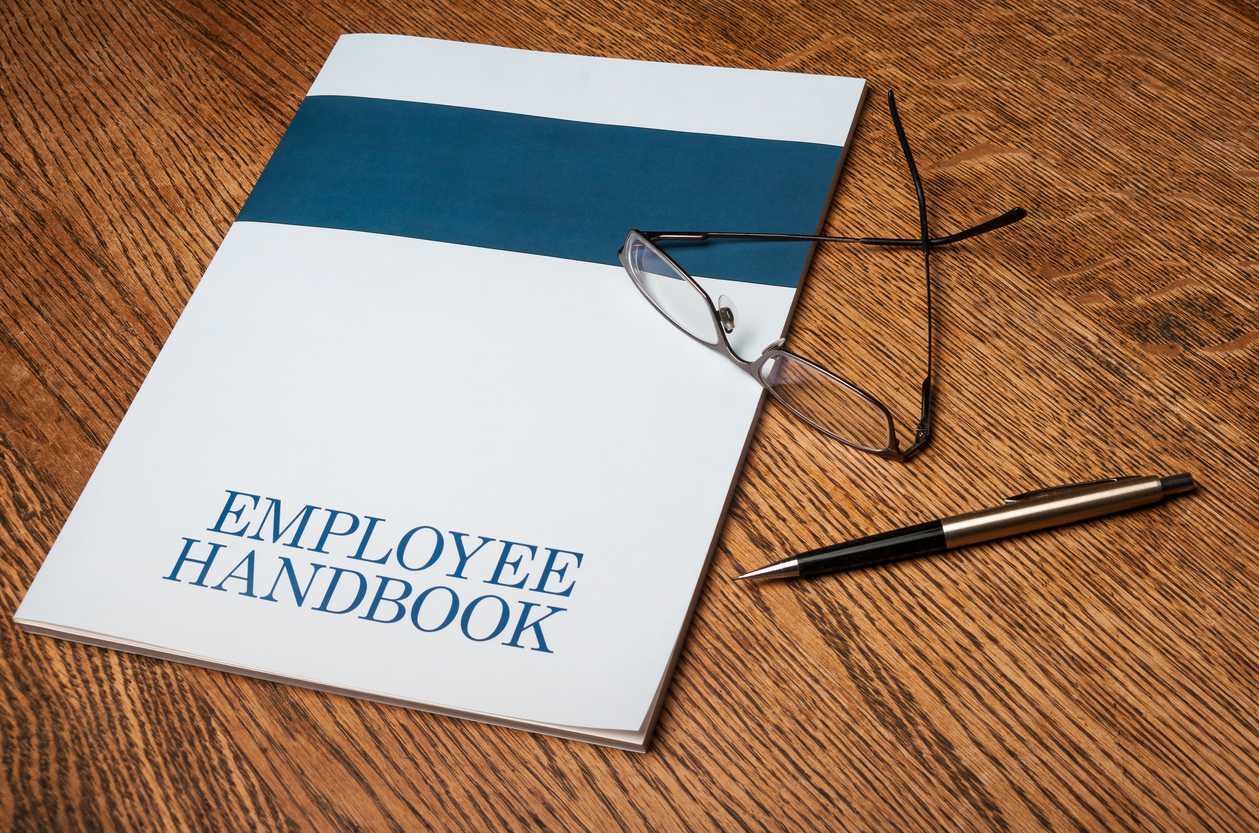How to Write a Successful Employee Handbook
If you are considering creating an employee handbook for your company, there are several steps you must take to make it as effective as possible. This article discusses the different components of a handbook, including its Description, Contents, Distribution, and Requirements. Once you have these components in place, you will be ready to write your employee handbook. Below are some suggestions to help you get started. In addition, you should seek the advice of an employment attorney if you have any questions about the process.
Description
An employee handbook introduces new employees to the company and explains the basic policies. Most companies hire at-will employees, which means that they can be fired for no reason or laid off for any valid reason. However, it is still important to state clearly and conspicuously the terms of employment. Although this document should not be considered a contract, the terms of employment should be clearly stated in the employee handbook to give new employees the knowledge they need to be productive.
Contents
An employee handbook is a document that defines the terms, conditions, and expectations of employees. It also includes information about the work environment, including working hours and rules regarding holiday breaks and rest periods. Some handbooks also specify general behavioural expectations for employees, including dress codes, bans on smoking on the premises, and how employees should conduct themselves. A good handbook should also outline conflict resolution procedures. The following is a sample of what should be included in an employee handbook.
Distribution
Employee handbooks should be consistent and include mandatory policies and procedures. Distribution should be easy to understand and consistent across sections and chapters. A handbook should be well organized and easy to read by a single person, but it should also be clear and concise, allowing employees to quickly find and understand the information they need. Distribution should be streamlined to reduce stress and ensure compliance. There are several reasons to consider updating your handbook:
Requirements
When developing an employee handbook, it is important to consider compliance issues. Not only must the handbook comply with state laws, but also it should be consistent with best practices. The following are some tips for creating a comprehensive handbook. Listed below are some of the most important requirements to keep in mind. Here are some tips for your small business employee handbook. They may help you avoid a legal snafu, which is where you’ll find your next best steps.
Format
The employee handbook is an evergreen resource that employees are expected to use frequently. HR companies in Abu Dhabi or Dubai ca help you with it. When they’re browsing the manual, they’ll probably be looking for a specific item or a certain section of the manual. Use sub headers or headers to help them find the information they need quickly. Your employee handbook should be easy to read and easy to navigate. To make the most of this resource, ensure that it follows these simple tips.

“Stop chasing the money and start chasing the passion.”
— Tony Hsieh
